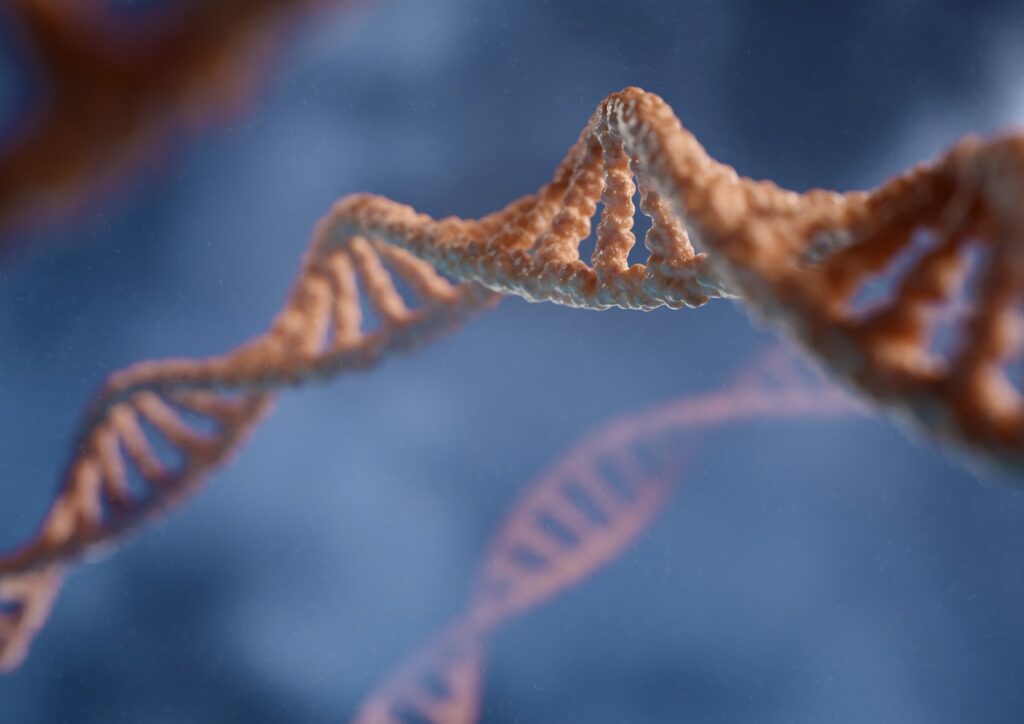Imaging technology has long been a major source of advancement, helping us to better understand biological systems. A recent development from researchers from the Massachusetts Institute of Technology (MIT) however represents a big stride towards this goal. But they’ve developed a new noninvasive imaging technique that allows laser light to travel deeper into living tissue, producing sharper images of cells at different depths without preprocessing techniques such as cutting or staining.
However, traditional metabolic imaging methods are limited by light scattering in biological tissues, limiting penetration depth and resolution. When soft deep tissue is under investigation, both of these challenges are addressed by the MIT team’s approach, which adaptively customises laser light for deep tissues. They can fine tune the colour and pulses of light, minimising scattering and increasing the signal strength as it travels deeper into tissue; using a fibre shaper, a device they control by bending; that was recently developed. This innovation extends depth capabilities beyond 700 micrometres, more than 4x greater than possible using prior techniques, which restricted imaging to about 200 micrometres.
Under label free imaging, this method does not require alteration of the tissue by staining (which can spoil the tissues of a living sample). The technique illuminates intrinsic molecules in cells to give a more accurate picture of tissue structure and function. This technique shows the ability to enhance the penetration depth, enabling higher imaging speed and higher resolution, making it ideal for applications in cancer research, tissue engineering, drug discovery and immunology studies.
The fact that this technology could advance biological research, instead of just 2D structures, is emphasised by the work of the research team, led by MIT’s Assistant Professor Sixian You of Department of Electrical Engineering and Computer Science. It enables high resolution, deep tissue imaging in living systems that is noninvasive and more accessible than we have previously had. In the future, we plan to continue with even higher resolution images and development of algorithms to recover full 3D structures of biologic samples and cover some broader niches of biomedical applications.
This advancement not only improves our capacity to observe cellular processes in their natural environment but also offers the potential for real-time tracking of drug responses, which could speed up the creation of new medical treatments. As the technology evolves, it is set to become an essential resource in both clinical and research contexts, enabling a more profound understanding of intricate biological phenomena.

Hassan graduated with a Master’s degree in Chemical Engineering from the University of Chester (UK). He currently works as a design engineering consultant for one of the largest engineering firms in the world along with being an associate member of the Institute of Chemical Engineers (IChemE).



